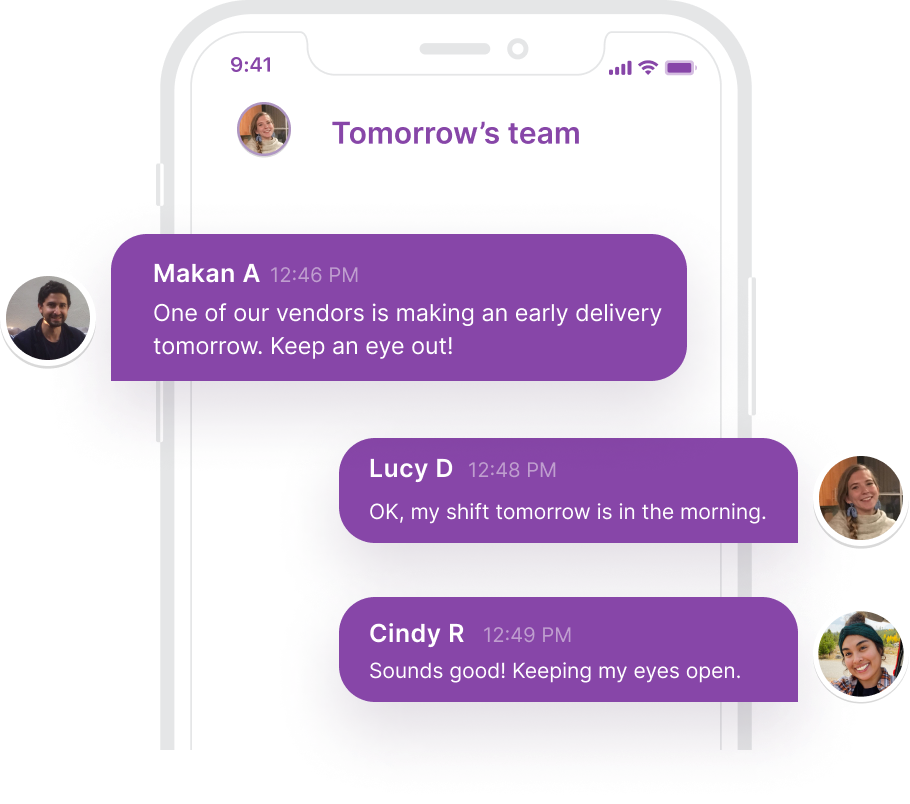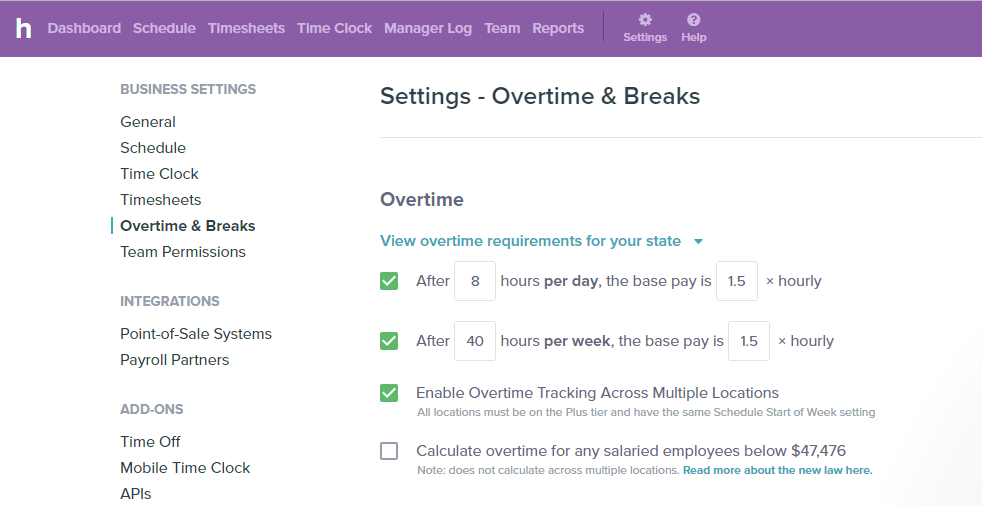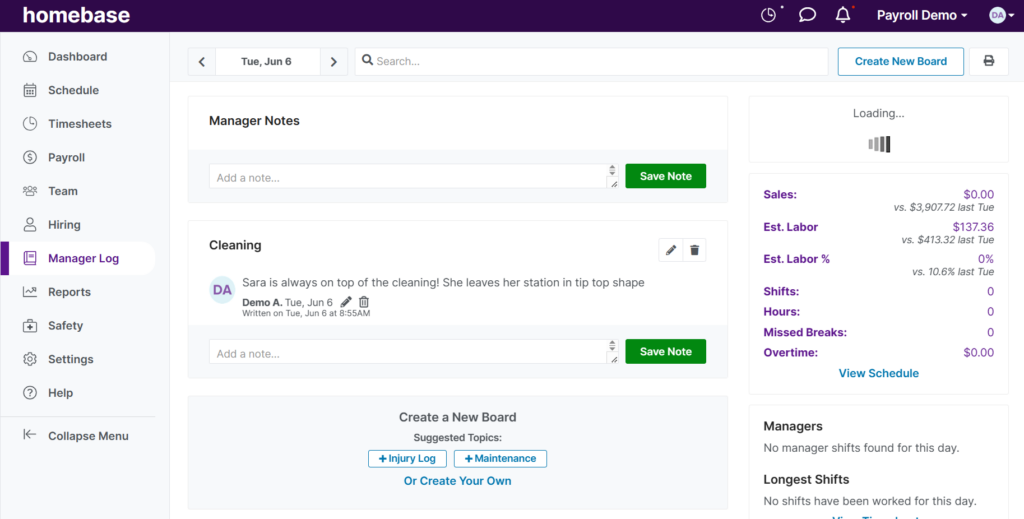Small businesses often engage contingent workers on an ad-hoc basis, primarily for immediate, specific needs like inventory management or specialized projects. This transactional approach, while common, barely scratches the surface of what a strategically managed agile workforce can offer.
The true value of a contingent workforce extends far beyond filling temporary vacancies. It includes reducing overtime costs, addressing short-term capacity gaps, and enabling faster, more cost-effective hiring than traditional recruitment.
However, effective management requires a deep understanding of the contingent category, efficient handling of staffing agencies, and the use of technology to standardize and automate processes.
In this guide, we’ll help you build a contingency workforce program with actionable steps and an integrated contingent workforce strategy, ensuring your business thrives in competitive and rapidly evolving industries.
1. Establish clear expectations and goals for each contingent worker
Establishing clear expectations and goals for each worker ensures that everyone is aligned with your business objectives. For example, let’s say you hire a graphic designer on a contingent basis to revamp your menu. Now you should:
- Start by clearly defining their role. They are responsible for creating a visually appealing menu that reflects the cafe’s ethos.
- Set specific, measurable goals like completing the design within two weeks and adhering to brand guidelines.
- Communicate these expectations clearly, providing context on your cafe’s theme and customer demographics.
This approach ensures that the contingent worker can deliver work that truly benefits your business. Regular check-ins and feedback will keep the project on track and align it closely with your cafe’s vision.
2. Select the right tools for contingent workforce management

Once you’ve established clear expectations and goals for your contingent workers, the next step is to select the right tools for effective contingent workforce management. The ideal solution should offer features like centralized communication platforms, project management capabilities, and analytics for performance assessment. They should simplify tasks such as scheduling, time tracking, and payment processing.
Homebase, designed for small business owners, provides an intuitive platform. It includes a free time clock calculator, timesheet tools, essential HR and compliance tools, and integrated payroll processing. This seamless integration means you can effortlessly link timesheets with time-tracking data for accurate, legal payroll calculations.
3. Set up smooth recruitment and onboarding processes
The goal is to create a system that is efficient, welcoming, and informative for new hires, which ultimately contributes to their productivity and engagement with your business.
Begin by crafting clear and concise job descriptions that accurately reflect the roles and responsibilities of the contingent positions. Use various channels to reach potential candidates, including uploading job postings to platforms like Indeed, Glassdoor, or Google Jobs.
Or let Homebase Hiring automatically submit your opening to top job sites. With Homebase, you also get a custom ‘Now Hiring’ sign for your storefront and a shareable job post link for social media and email.
Your onboarding should be equally efficient. Use Homebase Onboarding to send welcome packets and essential documents with job offers, allowing new hires to complete forms like W-4, W-9, and I-9 electronically. Homebase securely organizes these documents and allows you to include custom materials like business information, policies, and training guides.
For a comprehensive employee handbook tailored to your business, Homebase HR Pro offers expertly crafted handbooks in less than five business days.
4. Foster open communication, collaboration, and engagement
Clear and consistent communication ensures that contingent workers understand their roles and feel connected to your business goals. Here’s how you can do it:
- Regular check-ins: Schedule frequent touchpoints with contingent workers. This can be through weekly meetings or regular email updates, ensuring they stay informed and engaged with ongoing projects.
- Feedback mechanism: Regular feedback helps align expectations and improve performance while giving contingent workers a voice in their work environment.
- Inclusion in team activities: Whenever possible, include contingent workers in team meetings, brainstorming sessions, and other relevant activities. This helps them understand the broader business context and strengthens their connection with the team.
- Recognition and appreciation: Celebrating their successes and milestones, no matter how small, can significantly boost morale and engagement.
Homebase’s employee messaging app allows you to share news scheduled on specific days with the entire team, managers, employees, or workers. It’s a platform for everyone to communicate, update, and even engage in casual conversation. The more familiar your team is with each other, the smoother the collaboration and the stronger the work culture becomes.

5. Do not treat contingent workers like traditional employees
Contingent workers, often hired for specific projects or short-term needs, require a different management approach. They operate under distinct contractual terms, which typically include flexibility in work hours, location, and job scope.
With Homebase, you can tailor overtime rules and define the start of the workweek and shift times. This customization extends to break management, allowing you to set the duration, frequency, and nature (paid or unpaid) of breaks. For example, you can compensate employees for missed breaks or adjust wage forecasting for unpaid breaks.

You can also choose to round to the nearest five or fifteen-minute increment. Additionally, the platform offers flexibility in time clock permissions, enabling you to designate which devices your employees can use for clocking in and out.
6. Performance management and evaluation
When managing the performance of contingent workers, remember that a successful review is a two-way conversation. The primary goal of a performance review should be to identify areas for improvement and support team members in their professional development. This is especially important in a small business, where happy and capable employees are essential for success.
Begin the conversation with open-ended questions like, “What’s gone well during the past month?” or “Which areas do you need support in next month?” This approach encourages dialogue and helps you understand their perspective.
Be generous with praise and acknowledge their achievements. Use specific examples of what the staff member has done well. Check your manager logbook to find particular details or read about positive feedback colleagues have left for them.

Design a contingent workforce program for your small business with Homebase
The challenge lies not just in hiring the right talent but also in managing them efficiently and fostering a workplace culture that promotes growth and satisfaction.
With Homebase, you can easily structure your contingent workforce program. Its comprehensive features, like team communication tools, intuitive scheduling, and a user-friendly mobile app, ensure seamless interactions with contingent workers.
Homebase goes beyond simple management; our employee happiness encourages your staff to acknowledge each other’s efforts and share feedback openly. You’re not just managing your contingent workforce; you’re empowering them to excel, contributing significantly to your business’s success.
